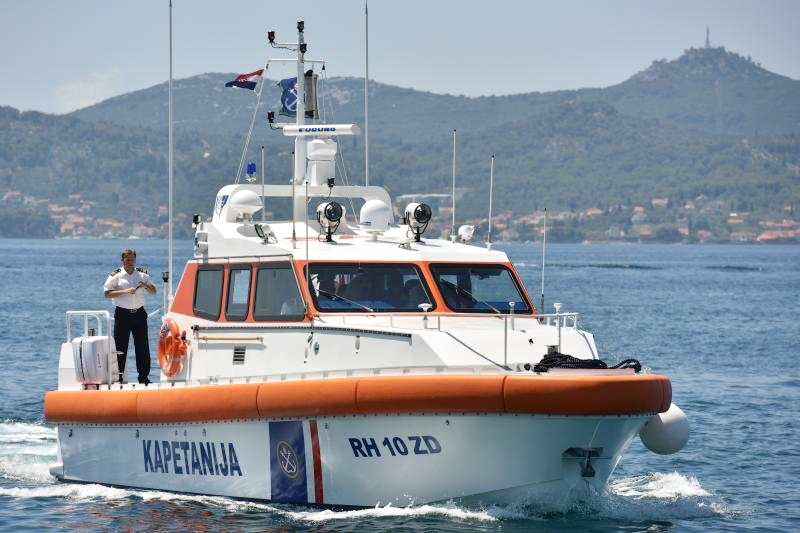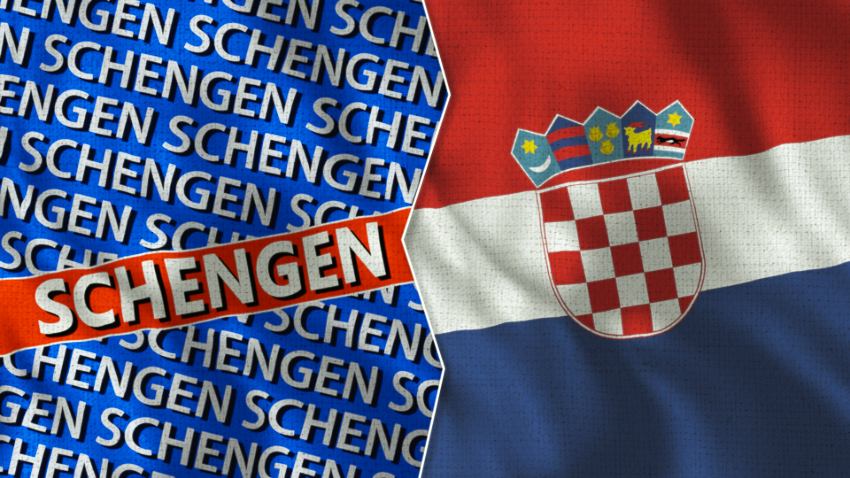What did entering the Schengen zone at sea bring us?
With much less fanfare than on the roads, free passage for all vessels coming from Schengen zone member countries began in all Croatian seaports.
For Ferries
There are no border controls for traveling by ferry to Italy or any EU country, but all lines within the EU are considered the Zadar-Preko ferry line.
It should be noted that every citizen must have a valid document such as an identity card or passport with them when traveling by sea in their own country, so this logically also applies to the territorial sea of the Republic of Croatia, which entered the Schengen area on January 1, 2023.
For cruisers
For cruise ships, Crew Lists will need to be submitted in advance in all the ports they sail into, and this is already the practice anyway. Free traffic within the EU zone also applies to cruise ships, and the police will carry out checks on illegal migration based on their own indications and risk assessment.
Yachts and vessels for sports and leisure
For sailing on yachts, sailboats, speedboats or any other vessel, there are also no more mandatory police controls! This does not mean that there will not be some from time to time, and the police have already announced that at sea, just as on land, they will carry out 'compensatory measures', that is, they will check passengers who are suspicious or for whom they have indications that they should be searched.
It should be noted that every citizen must have a valid document such as an identity card or passport with them when traveling by sea in their own country, so this logically also applies to the territorial sea of the Republic of Croatia, which entered the Schengen area on January 1, 2023.
For cargo ships
Cargo ships will have the same treatment as all the ships listed above, and the first criteria for inspection will be their cargo and the origin of the cargo. In addition, inspections will be carried out according to the risk assessment of the police and customs administration.
Example of the port of Split
In Split, arguably the busiest port in Croatia, little will change because the police booths will not be dismantled. In simple words, the ramps on them will be raised and lowered depending on whether the ship is sailing from an EU country or some 'third' country.
The plan is to build an international passenger terminal that will be located on the breakwater itself, which will free up the vast space of the St. Duja Pier in the very center of the city harbor for local ferry traffic. The new terminal is designed in full compliance with Schengen standards, which means that traffic flows will be separated in this complex for passengers coming from the EU area and those arriving from, for example, Montenegro, Albania, Turkey or America.
Ivan Marić, assistant chief of the maritime police station in Split, tells the general public: 'Border controls are being abolished for Schengen member countries, with the fact that compensatory measures will of course be implemented in accordance with our risk assessment. For the time being, it will be relatively easy with the ferry traffic, because the only regular international line to the port of Split sails from the Italian Ancona, and in the future it will de facto have the same status as the ferry lines to Brač or Vis. The situation is the same with cargo ships that sail to the North Port, and even the huge passenger cruise ships - which have between 250 and 300 arrivals in this port annually - will no longer be subject to regular control if they come from Greece, Italy and other countries of the EU zone.
With the introduction of Schengen, the greatest relief comes to owners and passengers on yachts, sailboats and boats, who, upon sailing from Italy, will no longer have the obligation to report to the first available port open to international traffic, but will simply be able to extend the voyage to their destination. It is estimated that there are as many as eighty percent of them in Croatian waters.
The outer border becomes the inner border. All sports and leisure vessels coming from Italy, Slovenia and even France no longer have to go to a port open to international traffic, but go to any port without control.
The remaining twenty percent refer to passengers and tourists from third countries, to transfers of charter vessels from countries such as Montenegro, Turkey and the like. They still have the obligation to register at the first port open to international traffic with a simplified procedure.
Vignettes
The vignettes that foreign nationals have bought for their ships and boats until now remain, just like paying for the highway on land, and upon arrival in the territorial sea of the Republic of Croatia, foreign nationals will be obliged to buy them at the nearest harbor master's office or outpost and have them ready in case of control. . The head of the port master's office in Zadar, Alen Rukavina, confirmed this to us and added that as things stand, the police and the master's office will now have all their time to carry out patrols and inspections.
The Minister of the Sea, Transport and Infrastructure, Oleg Butković, announced the transfer of vignettes to digital form and online payment for road traffic, and we believe that the same package will also include marine vignettes for foreign citizens, which would certainly save time and reduce congestion in port authorities and outposts.

Conclusion
All this sounds very good and there should be even greater propulsivity on land and sea, which is certainly a big wind at the back of the Croatian nautical industry and tourism in general. We will see how everything will work out in practice, but it should certainly be useful and bring less crowding in the offices. In an informal conversation with the police and captains, it seems that more things will take place at sea, and less in the offices. Welcome to EUR-o and Schengen!
Your EMERGENSEA team!


